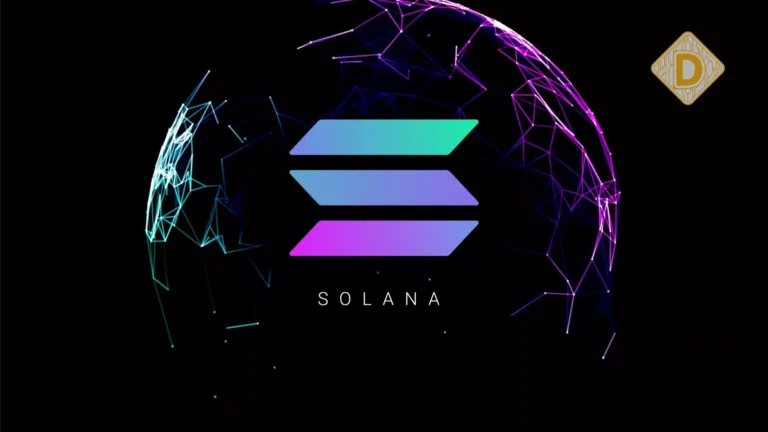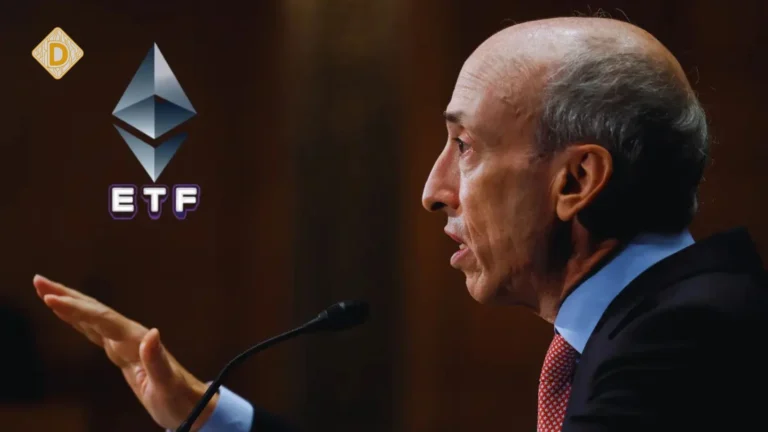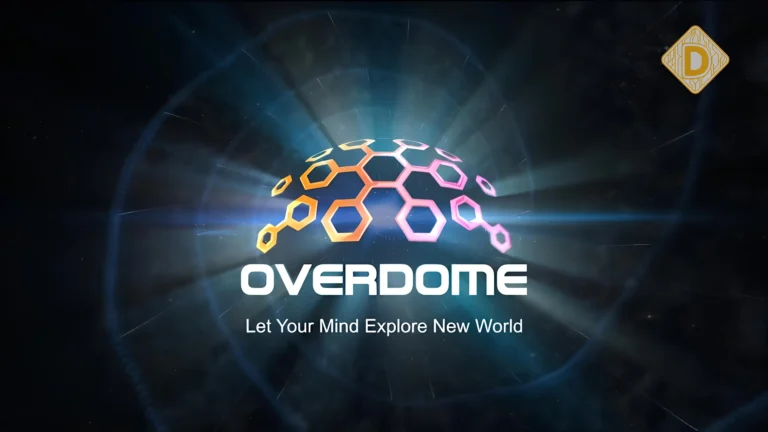Ethereum is a blockchain platform and its ETH cryptocurrency that operates in the Web3 universe. It is an essential pillar of blockchain technology, offering a solid alternative in a constantly evolving digital world.
But what does Ethereum really represent? Who are the visionaries behind this revolutionary technology? And what are the practical applications of this blockchain?
In this post, we take a look at Ethereum and its cryptocurrency, Ether, to demystify its purpose.
The second most highly capitalized crypto on the market
Capitalized at the time of writing at over 340 billion dollars, ethereum is an open, decentralized protocol that enables anyone to deploy applications on its blockchain.
Created as an open-source, decentralized solution, Ethereum aims to break down web barriers and offer alternatives to applications and platforms that are currently under the control of large corporations. While Ethereum primarily refers to the blockchain, it is also commonly used to refer to Ether (ETH), the network’s native cryptocurrency.
It is currently the second-largest cryptocurrency in terms of market capitalization, just behind bitcoin.
As the unit of account of the Ethereum blockchain, ETH is at the heart of its ecosystem. When interacting with the Ethereum blockchain, individuals need ETH to carry out operations such as using various applications, purchasing digital objects like NFTs or sending money to friends.
Both Ethereum and Bitcoin operate on the same technology: the blockchain. In simple terms, a blockchain is a ledger held by a network of decentralized servers maintained by thousands of individuals around the world.
This means that no government or corporation has total control over Ethereum. No organization can censor or shut down the network. With its emphasis on decentralization, Ethereum is working day and night to build a new web, called Web3.
Unlike the web we know today, Web3 protects personal data and privacy, reduces the risk of censorship and enables better sharing of value between its users. Since its creation in 2015, Ethereum has become one of the most critical technologies for the future of the web.
Gradually, the world’s leading companies are exploring this blockchain and its ecosystem of applications to prepare for the next digital revolution. The story of Ethereum’s creation is the result of a decade of computer science research.
When the blockchain was launched in 2015, few could have imagined the impact its ecosystem of applications would have on the web.
To fully understand Ethereum and its cryptocurrency, we need to go back in time. This will enable us to discover its history, its transformations over time, and the various innovations that make up today’s web3.
The beginnings of the Ethereum blockchain
It all began in 2014 when a 20-year-old Russo-Canadian computer scientist named Vitalik Buterin published Ethereum’s founding document. Accompanied by IT experts and entrepreneurs such as Gavin Wood, Charles Hoskinson and Mihai Alisie, this white paper describes the technological foundations of this new blockchain and its ambitions :
“Ethereum’s goal is to create another protocol for decentralized application development, offering a different set of trade-offs that we believe will be very useful for a wide range of decentralized applications. It will focus primarily on situations where fast development, the security of small, seldom-used applications and the ability of different applications to interact with each other very efficiently are important.”

One of Ethereum’s most important innovations, which has changed the world of blockchains forever, is the concept of “smart contracts”.
Behind this mysterious term lies a simple computer protocol. As a reminder, a protocol is a set of rules that govern the various exchanges of information on a given network. On the network represented by the Ethereum blockchain, smart contracts are the protocols used by developers to create applications such as financial services, video games, online stores for digital objects, decentralized social networks and so on. We’ll be exploring the concept of smart contracts in a future post.
2017 to 2021: Ethereum’s incredible growth
The year 2017 was one of the most striking periods for the cryptocurrency sector. For almost a year, all cryptocurrencies were on the rise, including Ether, which climbed 14,500% in just 365 days. Ethereum’s popularity began to catch up with Bitcoin’s, to the point where some began to talk of “flippening”, in reference to a hypothetical day when ETH’s financial capitalization would surpass that of BTC. At the same time as the ETH price was rising, the number of daily transactions on the Ethereum blockchain increased 20-fold.
After the excitement of this bull market, driven by bitcoin’s price growth, the overall market experienced a significant correction. From January to December 2018, the price of ETH was divided by 15. This drop in interest allowed blockchain developers to focus on improving its technical infrastructure.
My opinion on Ethereum and its ETH crypto
So, what should we remember about Ethereum ?

Launched publicly in 2015, its network has made a name for itself thanks to its “smart contracts”, computer programs that enable the creation of applications directly integrated with its blockchain.
Gradually, developers from all over the world began to take an interest in the technologies that make up this ecosystem, as well as its potential use cases.
It was in this context that Web3 began to take shape, with the emergence of decentralized finance (DeFi), new types of video games (GameFi), decentralized autonomous organizations (DAO), decentralized social networks and so on.
This whole system works thanks to two technological standards: ERC-20, dedicated to the creation of new cryptocurrencies, and ERC-721, enabling the emergence of non-fungible tokens (NFT).
Cryptocurrencies and NFTs are the assets used to involve the community in the governance of these applications. Although attacked by some critics due to the volatility of its cryptocurrency (ETH), it turns out that ETH has enjoyed a meteoric rise since its ICO in 2014.
What’s more, the number of people using Ethereum continues to grow, thanks to regular innovations by its developers. As a result, many multinationals are investing significant resources in Ethereum.
Its technological potential opens up possibilities never before explored on the web, whether in terms of entertainment, community, data protection or censorship resistance. Today, the blockchain co-founded by Vitalik Buterin faces a major challenge: making it accessible to all. This means reducing transaction costs, as well as continuing to grow and improve its ecosystem, which currently boasts thousands of different applications.
That was David, thanks for reading, I hope the article was very informative.
Feel free to share this with your friends, and leave a comment.





Leave a Reply